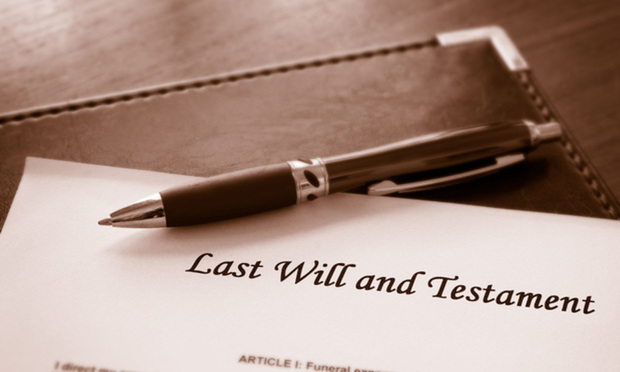 To state the obvious, the coronavirus pandemic has changed many aspects of our lives. Part of that change is a heightened awareness of the fragility of life and the need to plan for the inevitability of death. The circumstances that have led so many to face the need to write or revise existing wills, trusts, and other documents related to the end of life have greatly complicated the creation of those documents. For example, a will execution ceremony under New York law requires the testator and the witnesses to be in each other’s physical presence, and notarization of the signatures on a trust document requires the notary to see the creator and the trustee sign. Or at least that was the case before the rise of electronic wills with remote witnessing and remote notarization. Although only a handful of jurisdictions have enacted statutory rules for either or both, the pandemic has led many others, including New York, temporarily to authorize both remote notarization and remote execution of documents requiring witnesses.
To state the obvious, the coronavirus pandemic has changed many aspects of our lives. Part of that change is a heightened awareness of the fragility of life and the need to plan for the inevitability of death. The circumstances that have led so many to face the need to write or revise existing wills, trusts, and other documents related to the end of life have greatly complicated the creation of those documents. For example, a will execution ceremony under New York law requires the testator and the witnesses to be in each other’s physical presence, and notarization of the signatures on a trust document requires the notary to see the creator and the trustee sign. Or at least that was the case before the rise of electronic wills with remote witnessing and remote notarization. Although only a handful of jurisdictions have enacted statutory rules for either or both, the pandemic has led many others, including New York, temporarily to authorize both remote notarization and remote execution of documents requiring witnesses.
In New York, at least, such measures have been routinely extended since they were first put into place in March 2020 by Executive Order 202.14. It is expected that the day will come when these measures will no longer be necessary, but perhaps, unexpectedly, their continuation might be welcome. The convenience of executing documents without leaving home may be too useful to give up.






